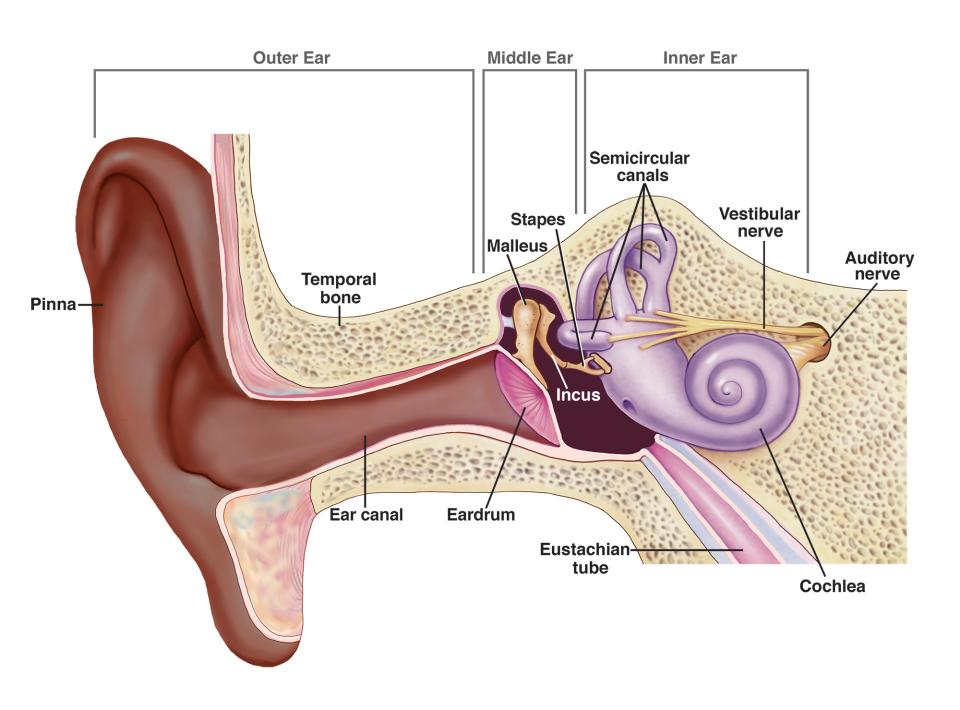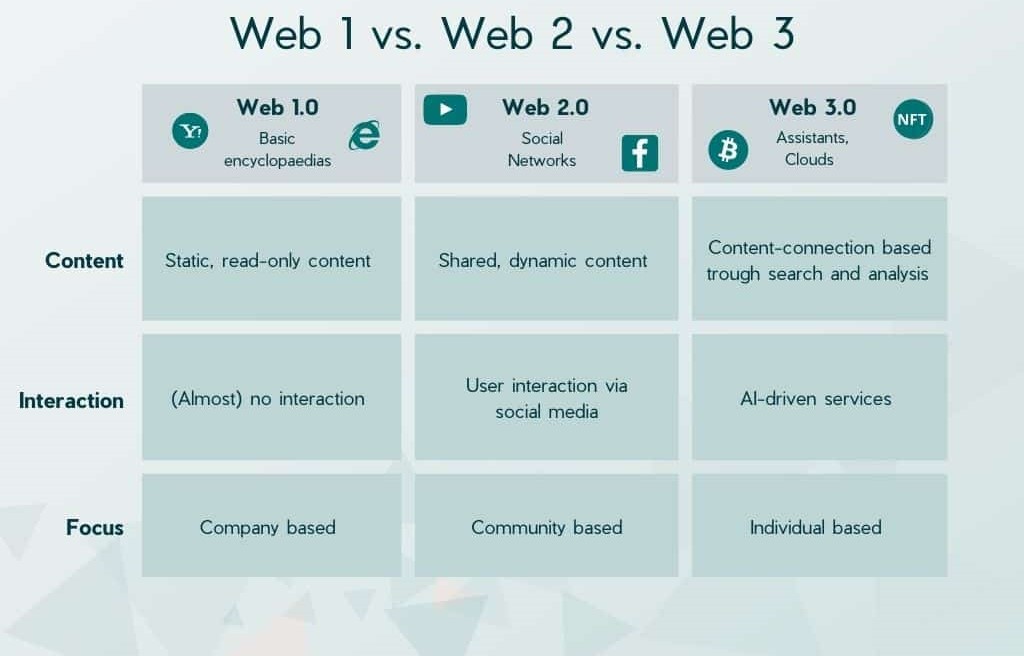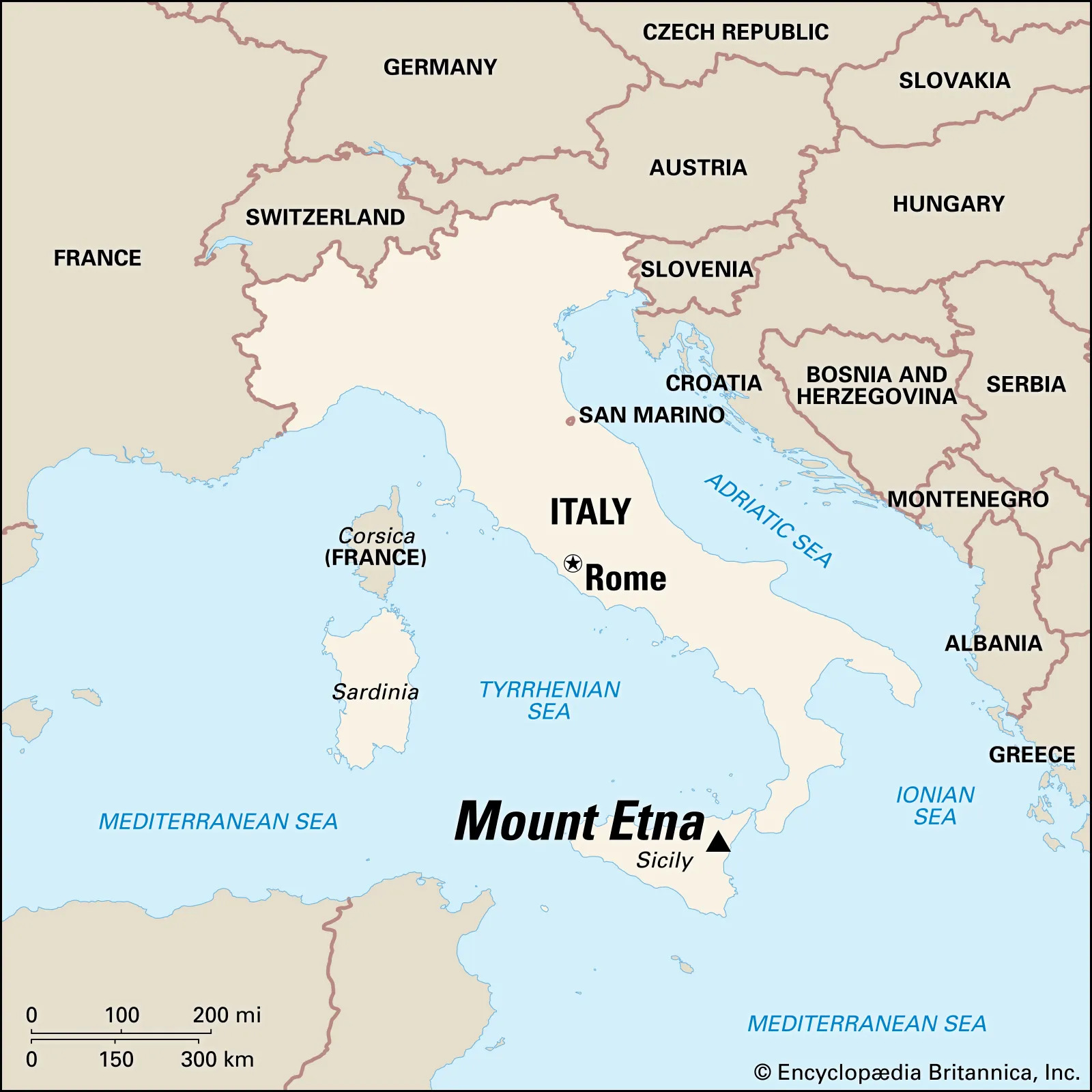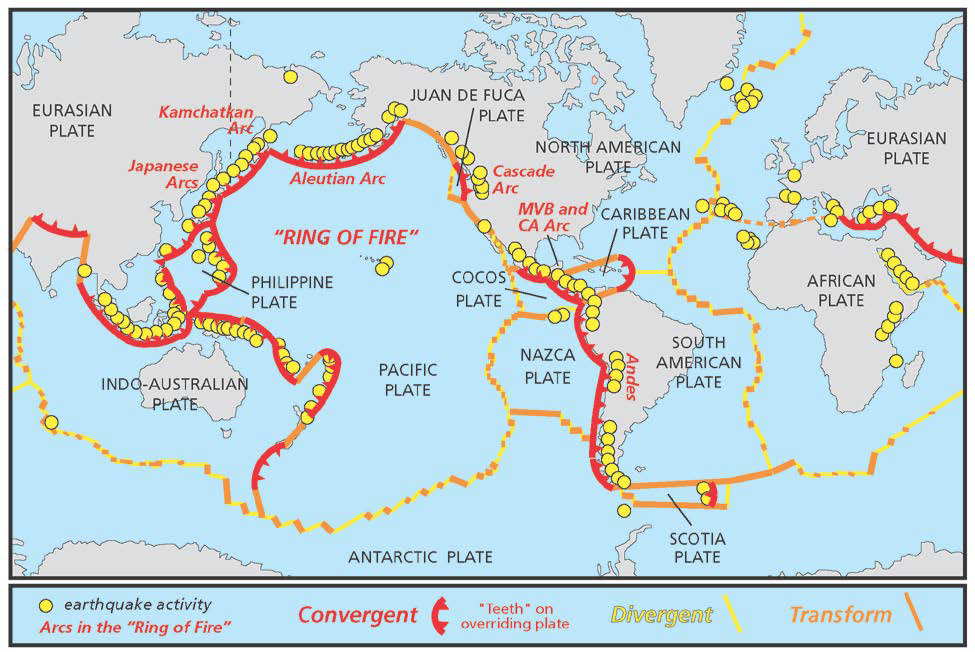- Home
- Prelims
- Mains
- Current Affairs
- Study Materials
- Test Series
 EDITORIALS & ARTICLES
EDITORIALS & ARTICLES
April 13, 2024 Current Affairs
Plastic Overshoot Day Report 2024 by Swiss-based research consultancy ‘Earth Action (EA)’.
Plastic Overshoot Day:
- Plastic Overshoot Day marks the date when the global generation of plastic waste surpasses the world''s capacity to manage it.
- For 2024, this day will fall on 5th September globally and on 23rd April for India, calculated based on each country’s MWI.
- Based on the country’s Mismanaged Waste Index (MWI) i.e., the ratio of the mismanaged waste and the total waste.
Key Highlights of the Report:
- The Global plastic waste generation has risen by 7.11 per cent since 2021.
- The world is estimated to have generated 220 million tons of plastic waste this year, 70 million tons of which will end up polluting the environment.
- Twelve countries are responsible for 60 per cent of the world’s mismanaged plastic waste: China, India, Russia, Brazil, Mexico, Vietnam, Iran, Indonesia, Egypt, Pakistan, the United States and Turkey.
- People living in Belgium, with a yearly waste production of 147.7 kg per person.
- In terms of Mismanaged plastic waste:
- Oman tops the list of countries, with a projected 111 kg of mismanaged plastic per person in 2024.
Findings related to India:
- India will reach its Plastic Overshoot Day on April 23.
- India is among the 12 countries responsible for 60% of the world’s mismanaged plastic waste.
- Despite the report classifying India as a “low-waste-producing” polluter due to its low per capita plastic waste production (8 kg per capita per year), India is projected to have a high level of Mismanaged waste by 2024.
- Categorized as ‘The Waste Sponges’ referring to a low consumption yet a high level of plastic pollution.
- India expected mismanaged waste in 2024 will be 7.4 million tons, which is “very high”.
- India’s mismanaged plastic waste will be less than one-fifth of China and one-third of the US.
- India is estimated to release an average of 3,91,879 tons of microplastics into the environment and 31,483 tons of chemical additives into waterways.
Steps at India Level :
- The Plastic Waste Management Rules, 2016: This legislation introduced a series of measures aimed at curbing plastic pollution.
- It introduced the concept of EPR to manage plastics in India.
- Plastic Waste Management (Amendment) Rules, 2021 & 2022: The guidelines on EPR coupled with the prohibition of identified single use plastic items.
- The rules prohibit the manufacture, import, stocking, distribution, sale, and usage of single-use plastics.
- Thickness Standards for Plastic Carry Bags: Starting from September 30, 2021, the thickness of plastic carry bags was increased from 50 to 75 microns. This was further augmented to 120 microns, effective from December 31, 2022.
- To ensure effective Plastic Waste Management (PWM) in the country :
- ‘Prakriti’, a mascot initiative, was taken by the Ministry of Environment, Forest & Climate Change and Central Pollution Control Board (CPCB) to spread greater awareness among masses about small changes that can be sustainably adopted in our lifestyle for a better environment.
Terminologies:
- Plastic credits: It is a mechanism that allows companies to offset their plastic footprint by funding or supporting projects that prevent or remove plastic waste from the environment & to increase the use of more sustainable alternatives.
- Plastic Offsetting: This concept revolves around the notion that both companies and consumers can offset their plastic consumption by acquiring plastic credits.
- Plastic Neutrality: This term is used to describe a situation where a company has procured sufficient plastic credits to balance out its entire plastic footprint over a specified period.
Steps at global level
- UNEA’s Resolution to “End Plastic Pollution.” : 175 countries have endorsed the UN Environment Assembly (UNEA-5) resolution in Nairobi to End Plastic Pollution and forge an international legally binding agreement by 2024.
- The fourth session of the Intergovernmental Negotiating Committee to develop an international legally binding instrument on plastic pollution, including in the marine environment (INC-4), is scheduled to take place from 23 to 29 April 2024 in Ottawa, Canada.
''Early Warnings for All'' initiative (EW4All)
- India is helping Nepal, Maldives, Sri Lanka, Bangladesh and Mauritius develop early warning systems to reduce the loss of life and property due to extreme weather events.
- India''s efforts are part of the United Nations'' (EW4All).
Early Warning Systems (EWS):
- EWS are an integrated system of hazard monitoring, forecasting, prediction, disaster risk assessment, communication, and preparedness activities.
- They enable individuals, communities, governments, and businesses to take timely action to reduce disaster risks before hazardous events.
- A successful EWS can save lives and jobs, land and infrastructures, and support long-term sustainability.
Early Warnings for All (EW4All):
- EW4All is a United Nations initiative that aims to protect people from hazardous weather, climate, and water events through early warning systems by 2027.
- It was formally launched in 2022 at COP27 in Sharm El-Sheikh, Egypt, and is co-led by the United Nations Meteorological Organization (WMO) and United Nations Office for Disaster Risk Reduction (UNDRR).
- It aligns with the priorities of the Paris Agreement and supports key provisions of the Sendai Framework for Disaster Risk Reduction, particularly Target G on availability and accessibility of multi-hazard early warning systems.
- It also contributes to delivering the targets of the 2030 Agenda for Sustainable Development on poverty, hunger, health, water, clean energy, climate action and sustainable cities.
- The delivery of Early Warnings for All requires scale up and coordinated investments and action across the four essential pillars of end to end, people-centred Multi-Hazard Early Warning Systems (MHEWS).
Four Pillars:
- Disaster risk knowledge: Ensuring all countries have access to reliable, understandable and relevant risk information, science and expertise (led by UNDRR).
- Detection, observation, monitoring, analysis, and forecasting: Ensuring all countries have robust forecast and monitoring systems and enabling policies to support optimization and sustainability of hazard monitoring and early warning systems (led by WMO).
- Warning dissemination and communication: Using a people-centered approach to ensure that early warnings are effectively and timely disseminated to reach everyone, especially those most at risk (led by ITU).
- Preparedness and response capabilities: Ensuring local governments, communities and individuals at risk have the knowledge and means to take pre-emptive early actions to prepare for and respond to incoming disasters upon receiving warnings (led by IFRC).
Need for EWS:
- With human-induced climate change causing more extreme weather, early warning systems are crucial.
- The world is projected to experience 560 medium- to large-scale disasters annually.
- They''re not a luxury but a cost-effective tool that saves lives, reduces economic losses, and yields nearly tenfold returns on investment.
- Between 1970 and 2021, approximately 2 million deaths and economic losses totaling USD 4.3 trillion were attributed to extreme weather events.
- They can help in preparing for and reducing the risk of disasters.
Challenges faced by EWS:
- Data collection and management: It is difficult to get accurate information on all relevant parameters.
- Monitoring: Inadequate or poorly maintained monitoring stations can lead to inaccurate predictions.
- Communication barriers: Everyone needs to understand what actions they should take after receiving an alert to avoid panic or confusion.
- Public awareness: Lack of public awareness and public complacency can be an obstacle.
- Lack of co-ordination: Coordination gaps between data collection and warning dissemination centers.
Road ahead:
- Improving data quality and ensuring global data access.
- Integrating scientific and technological advancements with local, traditional, Indigenous, and generational knowledge.
Command Hospital in Pune conducted two piezoelectric Bone Conduction Hearing Implants (BCI)
- It became the first government hospital across the country to procure and conduct successful piezoelectric bone conduction hearing implants.
Active Piezoelectric Bone Conduction hearing implant system:
- It is an implantable medical electronic device for hearing impaired patients [conductive loss (including aural atresia), mixed hearing loss and single-sided deafness]
- Bone conduction implantation is the definitive hearing solution for certain groups of patients with conductive/ mixed hearing loss or patients with single sided deafness, who are not candidates for cochlear implantation and do not benefit with hearing aids or middle-ear surgery.
Bone Conduction:
- Discovery: It was discovered by Ludwig van Beethoven, the famous 18th century composer who was almost completely deaf. Beethoven found a way to hear the sound of the piano through his jawbone by attaching a rod to his piano and clenching it in his teeth.

Ways of Hearing:
- Eardrums (air-conducted or air-transmitted):
- The vibrations from the environment travel through the air to our eardrums.
- The eardrums in turn vibrate, decoding these sound waves into a different type of vibrations that are received by the Cochlea, also known as the inner ear.
- The Cochlea is connected to our auditory nerve, which transmits the sounds to our brain.
- Bones (bone-conducted or bone-transmitted):
- Bone Conduction bypasses the eardrums whereby the bone conduction devices (such as headphones) perform the role of eardrums.
Global Financial Stability Report highlights the doubling of cyberattacks since the pandemic began.
Rising Cyber Risks in the Financial Sector:
- The IMF''s April 2024 Global Financial Stability Report highlights the doubling of cyberattacks since the pandemic began.
- The potential losses from cyber incidents have quadrupled since 2017, now exceeding $2.5 billion.
Impact on Financial Institutions:
- Financial institutions, holding extensive sensitive data and handling monetary transactions, are prime targets.
- They account for nearly 20% of targets, with banks bearing the brunt of this exposure.
- Cyberattacks not only threaten individual firms but also risk destabilizing the entire financial ecosystem.
Why rising cyber incidents in financial sector?
- The reliance on third-party IT service providers and emerging technologies increases vulnerabilities.
- While these external providers can enhance operational resilience, they also expose the financial industry to systemwide shocks.
- Insider threats, which involve authorized users misusing their privileges, either intentionally or unintentionally, for monetary gain.
- The cybersecurity skills gap leaves financial firms vulnerable to cyber threats.
- Geopolitical tensions, such as the surge in cyber-attacks following Russia''s invasion of Ukraine, pose significant cybersecurity challenges.
Impact of Cyber Attacks on financial Stability:
- Erosion of confidence in the financial system, disruption of critical services, and a domino effect affecting adjacent institutions could occur.
- For example, a severe incident at a financial institution could undermine trust and, in extreme cases, lead to market selloffs or runs on banks.
- Cyber incidents that disrupt critical services like payment networks could also severely affect economic activity.
- Cyber-attacks propagate rapidly within a network of financial systems through financial linkages, thus impacting market stability.
Mitigating Cyber Risks:
- The IMF emphasizes the importance of comprehensive national cybersecurity strategies, enhanced regulatory and supervisory frameworks, and increased international cooperation to tackle the borderless nature of cyber threats.
- To strengthen resilience in the financial sector, authorities should develop an adequate national cybersecurity strategy accompanied by effective regulation and supervisory capacity.
This should encompass:
- Periodically assessing the cybersecurity landscape and identifying potential systemic risks from interconnectedness and concentrations, including from third-party service providers.
- Encouraging cyber "maturity" among financial sector firms, including board-level access to cybersecurity expertise, as supported by the chapter''s analysis suggesting that better cyber-related governance may reduce cyber risk.
- Improving cyber hygiene of firms, including their online security and system health (such as antimalware and multifactor authentication), and providing training and awareness.
- Prioritizing data reporting and collection of cyber incidents, and sharing information among financial sector participants to enhance their collective preparedness.
World CyberCrime Index:
- It has been developed as a joint partnership between the University of Oxford and UNSW Canberra.
- The data for the Index was collected through a survey of top cybercrime experts worldwide.
- They were asked to assess five major categories of cybercrime and nominate the countries they considered to be the most significant sources of each of these types of crime.
The five categories were:
- Technical products/services (such as malware)
- Attacks and extortion
- Data/identity theft (such as hacking or phishing)
- Scams (such as business email compromise or online auction fraud)
- Cashing out/money laundering (such as credit card fraud)
The survey further requested participants to rank each nominated country based on the impact, professionalism, and technical skill of its offenders.
Findings:
- Six countries (China, Russia, Ukraine, the US, Romania, and Nigeria) appeared in the top ten of each category of cybercrime.
- Russia was ranked number one overall, with Russian cybercriminals considered to be the most professional and technically skilled in the world, with their crimes having the most impact.
- Russia was followed by Ukraine and China in the rankings.
- India captured the number 10 spot on the rankings, getting a score of 7.90 for impact, 6.60 for professionalism of cybercriminals, and 6.65 for technical skills.
- In comparison, China got 8.22, 7.70, and 7.81, while the United States got 7.99, 7.21, and 7.21, respectively.
- Overall, India got a score of 7.05 while China and the United States got 7.91 and 7.47, respectively, putting them in the third and fourth places.
India’s Web3 developer share surges to 12% globally, leads emerging markets: Report
Web3:
- Web3 is known as the third generation of the Internet, focusing on decentralization and peer-to-peer interactions.
- It allows users to engage directly without the need for middlemen, enhancing user autonomy and privacy.
Core Technologies of Web3:
- The technology behind Web3 is decentralized and emphasizes user privacy. It is powered by blockchain technology, which is the foundation for various innovations in this space.
- Web3 supports crypto-assets and aligns with the semantic web, which is further enhanced by Artificial Intelligence (AI).
- This integration promises a smarter, user-centric internet where digital assets like cryptocurrencies and NFTs (Non-Fungible Tokens) play a crucial role.
Key Features of Web3:
- Web3 gives users the power to control their own data and have a financial stake in the digital ecosystems they participate in.
- It includes features like cryptocurrencies, NFTs, and social networks based on blockchain technology.
- These platforms are collectively operated by their users rather than centralized corporations, promoting a more equitable Internet environment.

Impact and Growth of Web3:
- Web3 seeks to revolutionize how data is created, monetized, shared, and distributed across the internet.
- Users in a Web3 environment can do more than just read and write content; they also have ownership of the content and applications they use, marking a significant shift towards a more inclusive and user-empowered web.
Volcanic Vortex Rings
- Mount Etna volcano has been sending up almost perfect rings of smoke into the air which are a rare phenomenon that scientists refer to as volcanic vortex rings.
Volcanic Vortex Rings:
- Vortex rings are generated when gas, predominantly water vapour, is released rapidly through a vent in the crater.
- The rings can remain in the air for up to 10 minutes, but tend to disintegrate quickly if conditions are windy and turbulent.
- This phenomenon was first observed at Etna and Vesuvius in Italy in 1724.
- In more recent times, volcanic vortex rings have been observed at volcanoes such as
- Redoubt in Alaska, Tungurahua in Ecuador, Pacaya in Guatemala, Eyjafjallajökull and Hekla in Iceland, Stromboli in Italy, Aso and Sakurajima in Japan, Yasur in Vanuatu, Whakaari in New Zealand, and Momotombo in Nicaragua.
Mount Etna:
- It is sometimes referred to simply as Etna, is an active volcano on the east coast of Sicily, the largest island in the Mediterranean Sea.
- Etna’s peak is the highest in Italy south of the Alps, and it is Europe’s largest and one of the most active volcanoes.
- Etna’s summit has five craters, which are responsible for most of the volcano’s eruptions; there are also “flank” eruptions that occur out of 300-odd vents of varying sizes along the slopes of the mountain.
- It is in almost constant activity, and has seen, since the year 1600, at least 60 flank eruptions and many more summit eruptions.
Summit Eruption: It refers to volcanic activity occurring at the central vent, usually at or near the very top of the volcano. This is the primary vent where the main conduit from the magma chamber reaches the surface.
Flank Eruptions: It occur on the sides or lower parts of a volcano, rather than at the peak. These eruptions emerge from side vents or fissures that are typically connected to the main magma conduit but can have separate pathways.

Volcanoes:
- According to the US Geological Survey: “Volcanoes are openings, or vents where lava, tephra (small rocks), and steam erupt onto the Earth’s surface.”
- They can be found on land and in the ocean and are formed when material significantly hotter than its surroundings is erupted onto the surface of the Earth.
- The material could be liquid rock (known as “magma”, when it’s underground and “lava” when it breaks through the surface), ash, and/or gasses.
- According to NASA, the rise of magma can take place in three different ways.
- Divergence: When tectonic plates (massive, irregularly shaped slabs of solid rock that carry both continents and oceans and are constantly in motion) move away from each other. The magma rises up to fill in the space.
- Convergence: When the plates move towards each other part of Earth’s crust can be forced deep into its interior. The high heat and pressure cause the crust to melt and rise as magma.
- Hotspots: Magma also rises at the hotspots i.e. hot areas inside of the Earth, where magma gets heated up. As magma gets warmer, it becomes less dense, leading to its rise.
Major Types of Volcanoes:
- Stratovolcano/Composite Volcanoes: They are steep-sided volcanoes composed of many layers of volcanic rocks, usually made from high-viscosity lava, ash and rock debris.
- These types of volcanoes are tall conical mountains composed of lava flows in alternate layers, the strata that give rise to the name.
- Cinder Cones: Cinder cones are circular or oval cones made up of small fragments of lava from a single vent that have been blown up.
- Cinder cones result from eruptions of mostly small pieces of scoria and pyroclastics that build up around the vent. Most cinder cones erupt only once.
- Shield Volcano: These volcanoes are shaped like a bowl or shield in the middle with long gentle slopes made by basaltic lava flows. These are formed by the eruption of low-viscosity lava that can flow a great distance from a vent.
- Shield volcanoes are more common in oceanic than continental settings. The Hawaiian volcanic chain is a series of shield cones, and they are common in Iceland, as well.
- Lava Domes: They are formed when erupting lava is too thick to flow and makes a steep-sided mound as the lava piles up near the volcanic vent. They are built by slow eruptions of highly viscous lava.
Distribution of Volcanoes:
There are about 500 volcanoes in the world. Most of these volcanoes are found in three well defined belts.
- The Circum-Pacific Belt: Circum-Pacific region has the greatest concentration of volcanoes, that is why it is called ‘Pacific Ring of Fire’. It is a horseshoe-shaped zone encircling the Pacific Ocean.
- This ring extends along the Andes mountains of South America to Alaska and from the Aleutian Islands to Japan, Philippines, Indonesia to New Zealand.
- Major Volcanoes: Mount St. Helena, Mauna Loa,Mount Ruapehu, Mount Krakatoa, Mount Fuji
- The Mid-World Mountain Belt: The Mid-world mountain belt occupies the second position with regard to the numbers of volcanoes.
- It runs from Alps in Europe to Asia Minor and crossing through Himalayan region joins the Circum-Pacific belt
- Major Volcanoes: Mt. Stromboli , Mt. Vesuvius , Mt. Karakoram
- India’s only active volcano is located in Barren island of Andaman, which is also the only confirmed active volcano in South Asia
- The African Rift Valley belt: The African Rift Valley region ranks third. Most of the volcanoes are extinct here.
- Mt. Cameroon is the only active volcano which is situated in Central West Africa.
- Other Volcanoes: Mount Kilimanjaro, Mount Kenya, Mount Longonot.










 Latest News
Latest News General Studies
General Studies